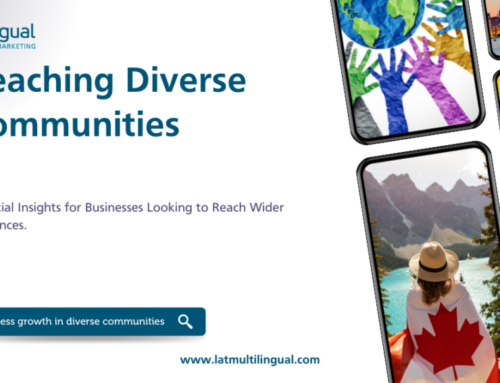With visas easier to get and more and more Chinese using social media and the Internet, offering multilingual web content and social media creates opportunities, streamlining access to a growing pool of Chinese tourists.
Chinese Tourism to Canada Increasing
Chinese tourists are a growing demographic for the Canadian tourism market. Canada’s relative proximity to China, and the many existing ties between the two countries make it a natural destination for the newly affluent Chinese who are taking advantage of easier to obtain tourist visas and growing economic power to go abroad. Since 2010, the Canadian Tourism Commission (CTC) reported that the amount of Chinese tourists has been steadily increasing for 27 consecutive months. In the first four months of the year, the CTC has recorded a 25.9% growth in overnight trips from China to Canada.

Snow Sports Building Momentum

Trip Planning via Social Media

Translations Key to Multilingual Marketing
LAT’s accurate and effective translations can be the tool that gives you a competitive advantage in reaching this new market first. Whether you require content translation for your website or social media, language training for employees, or multilingual dubbing or subtitles for your current video and multimedia resources, our trained and accredited translators can give you a multilingual advantage.













